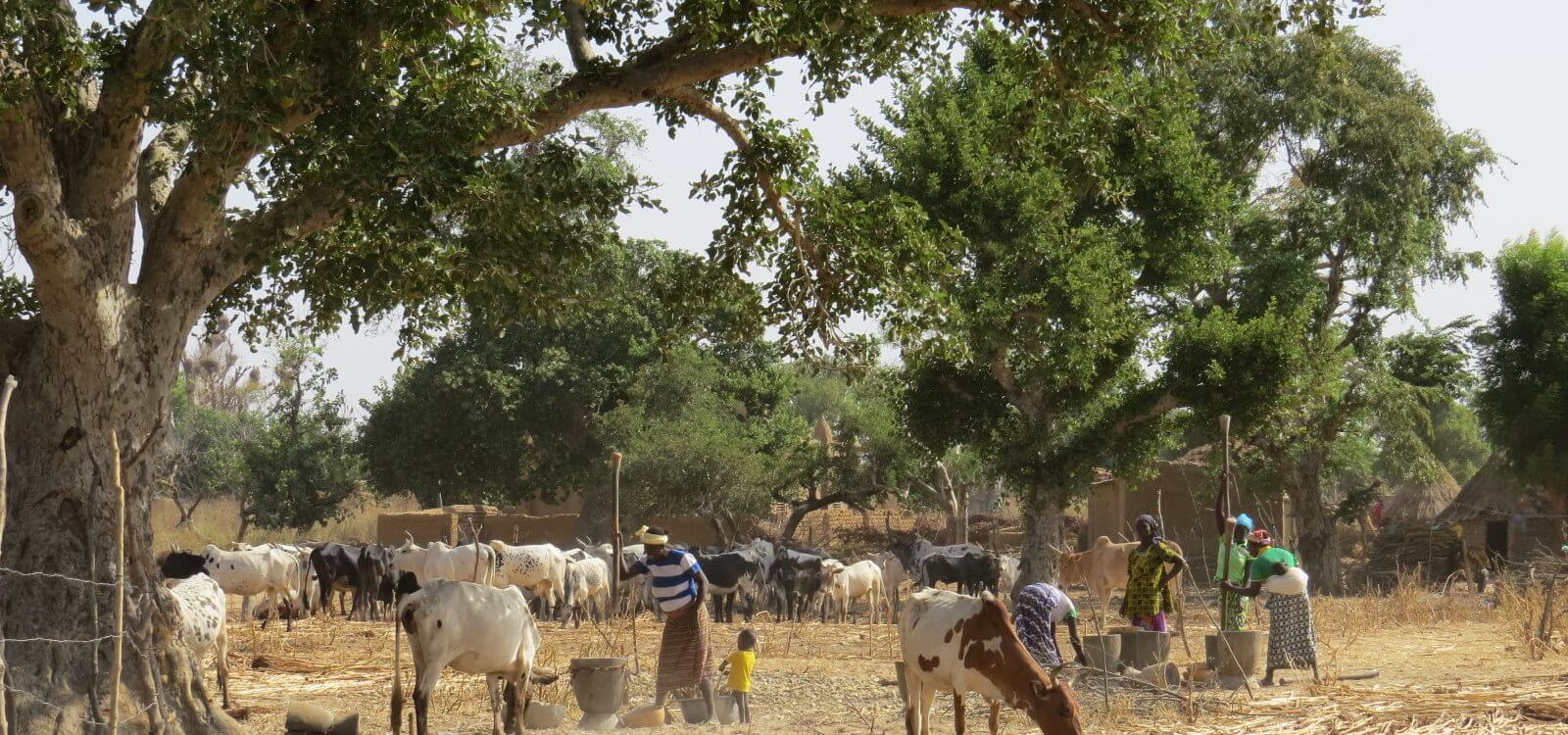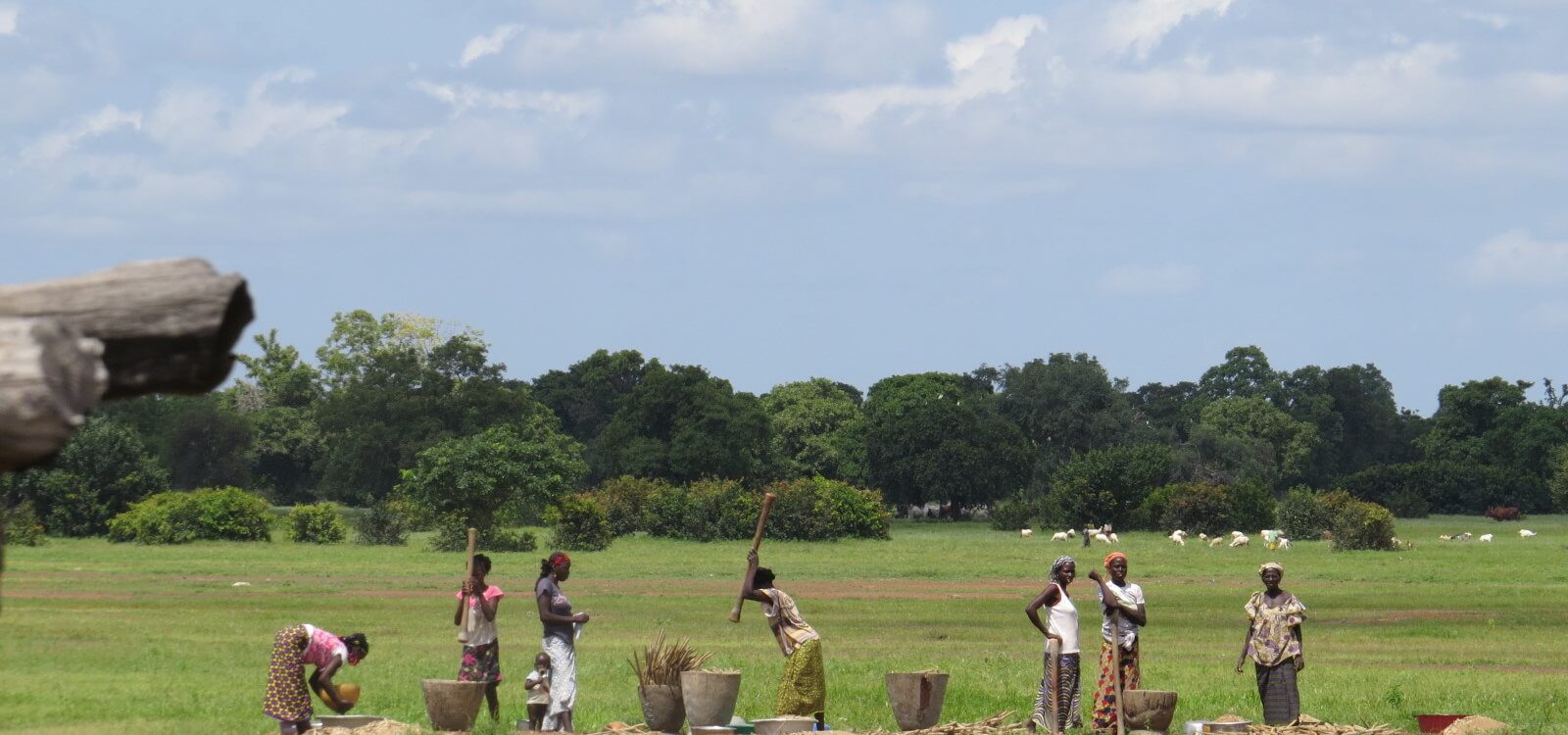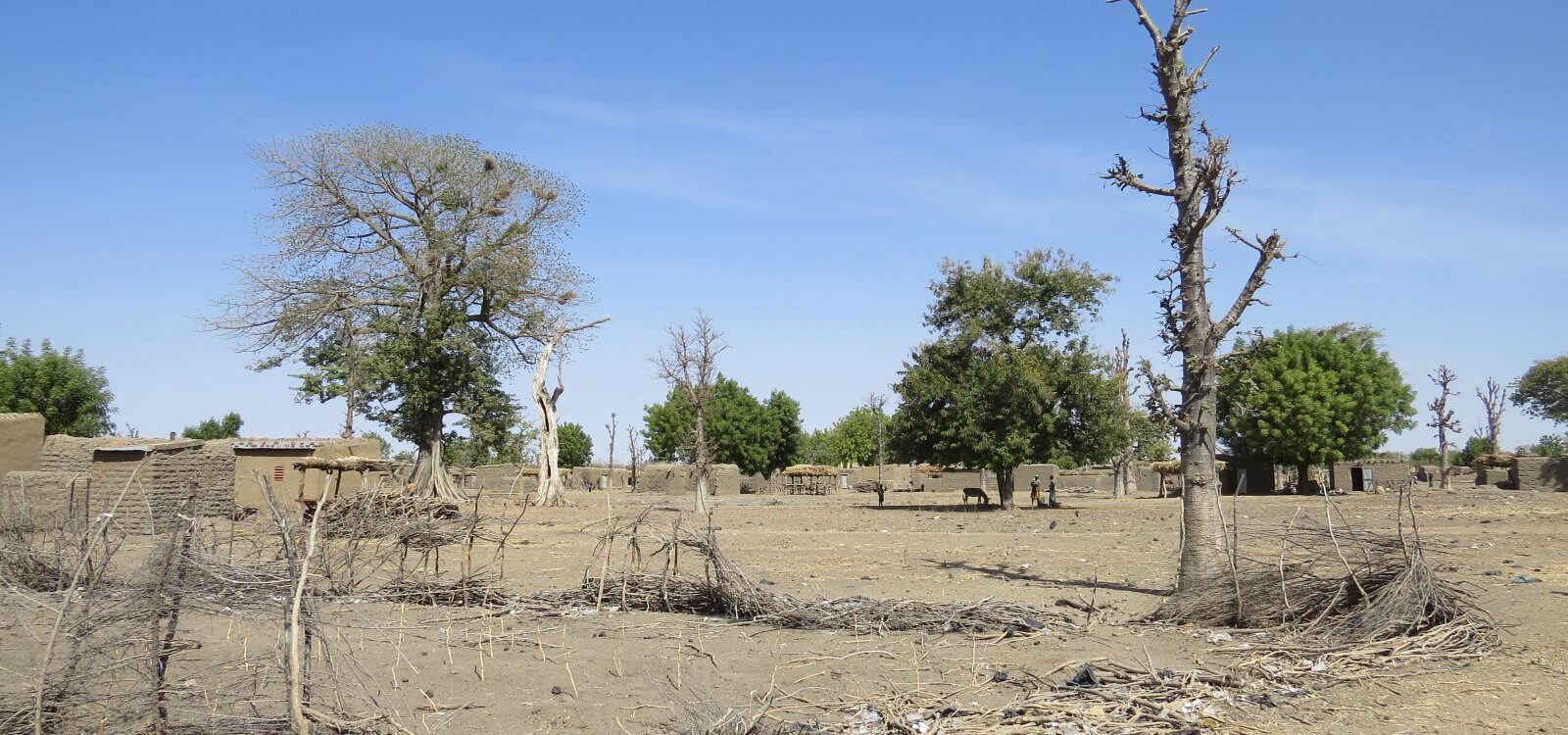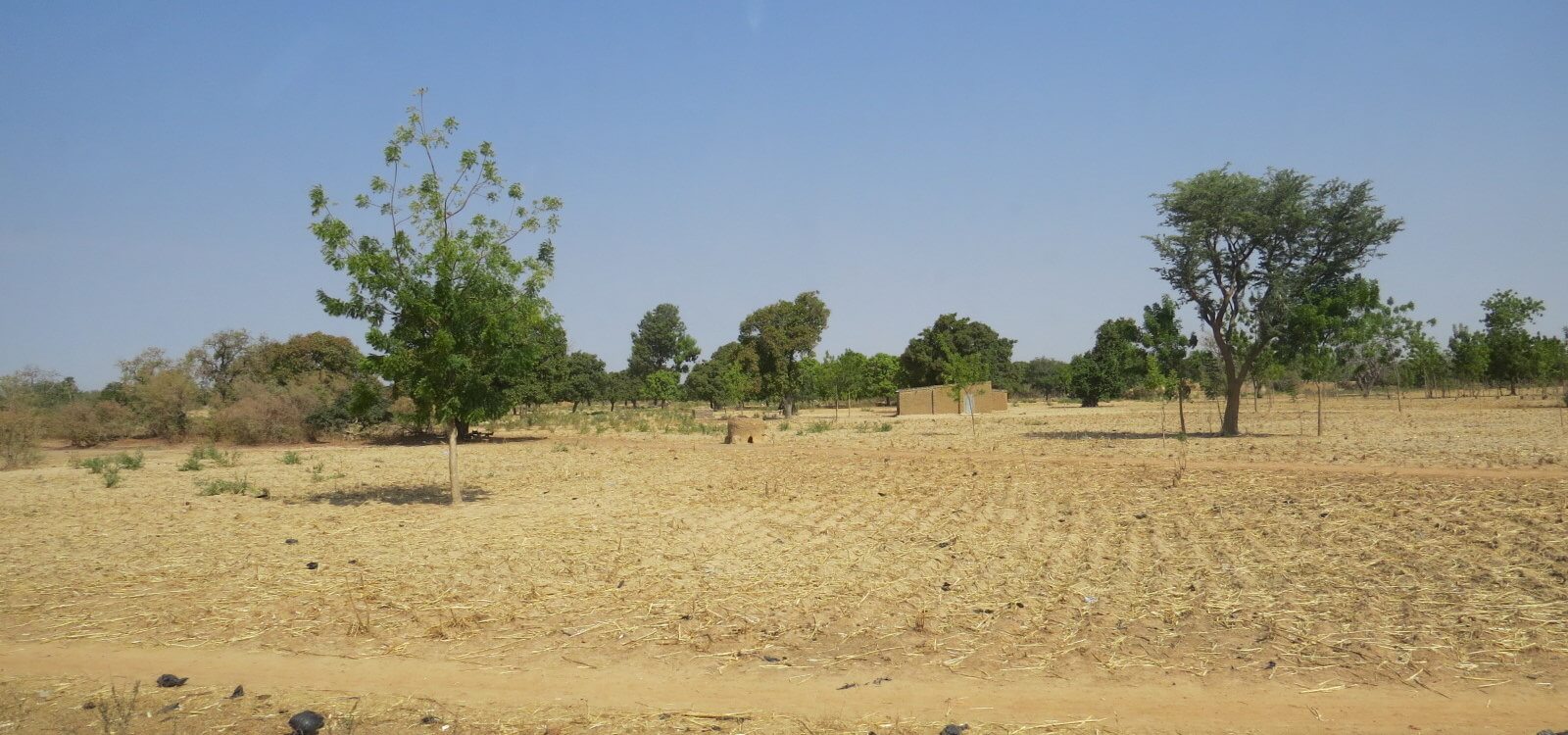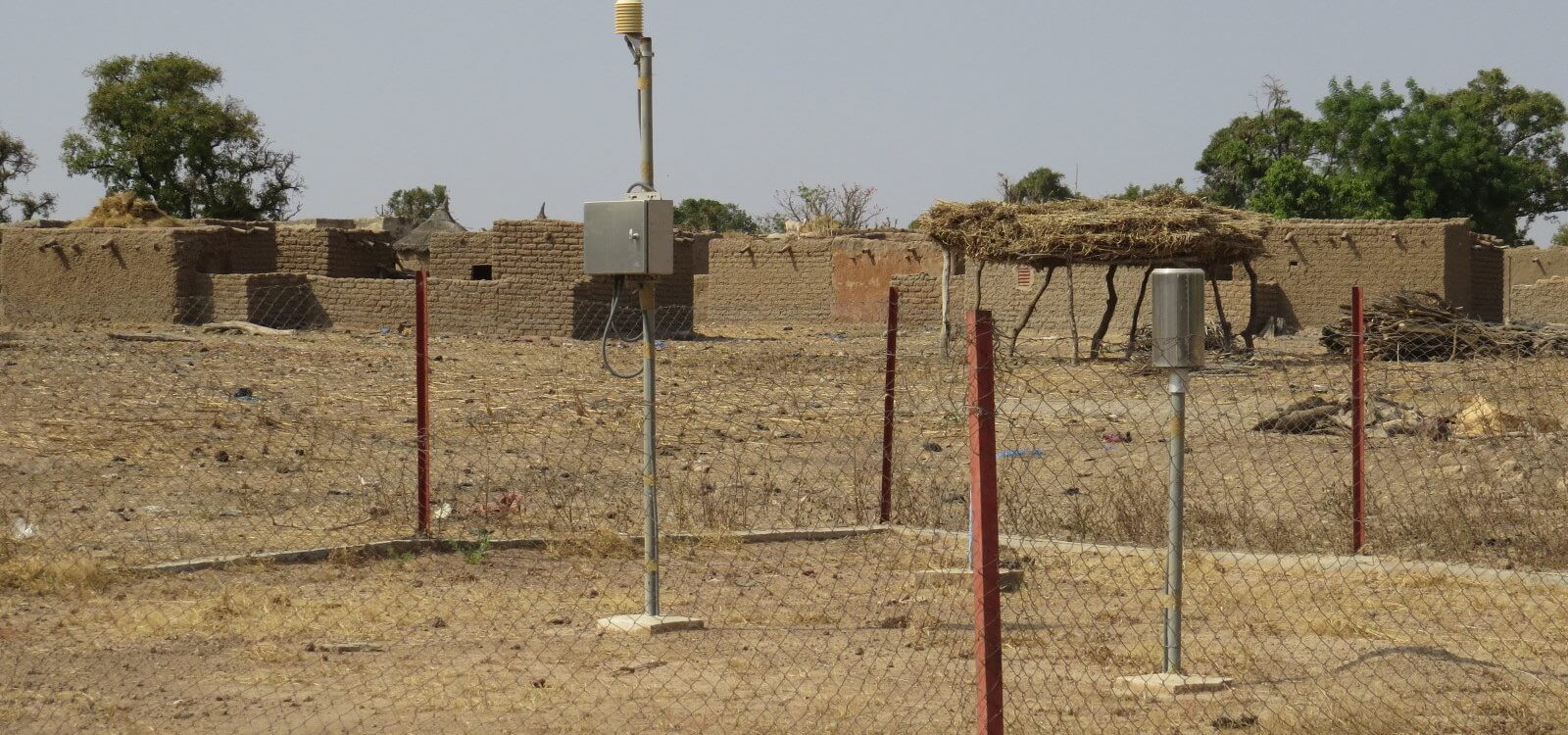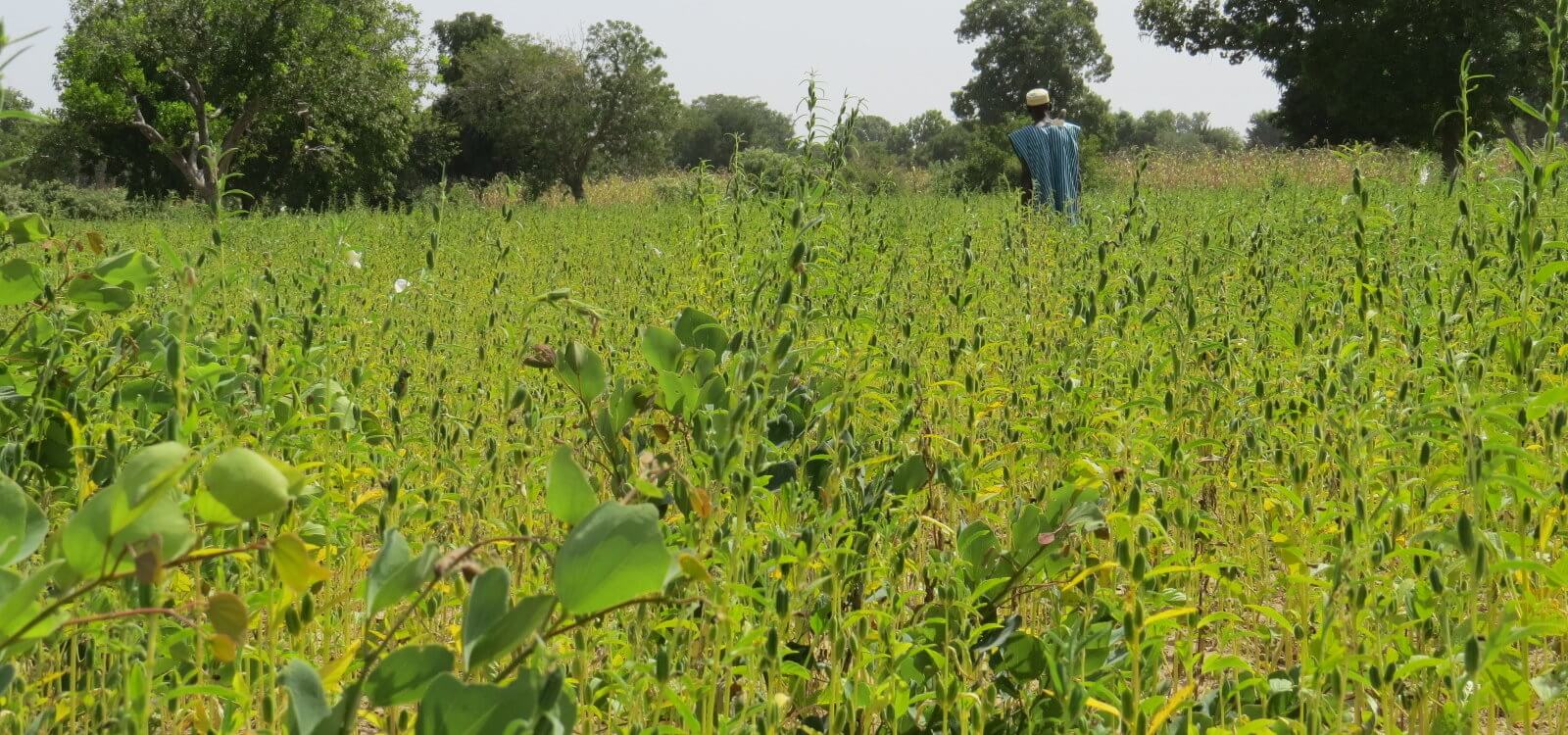Projects / P5

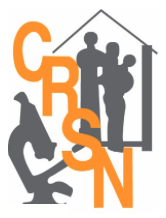
Industry Partners
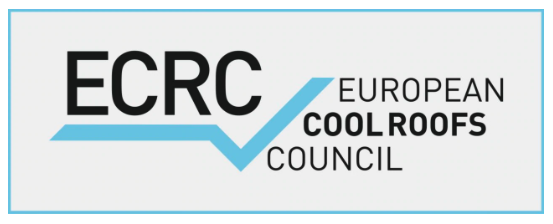
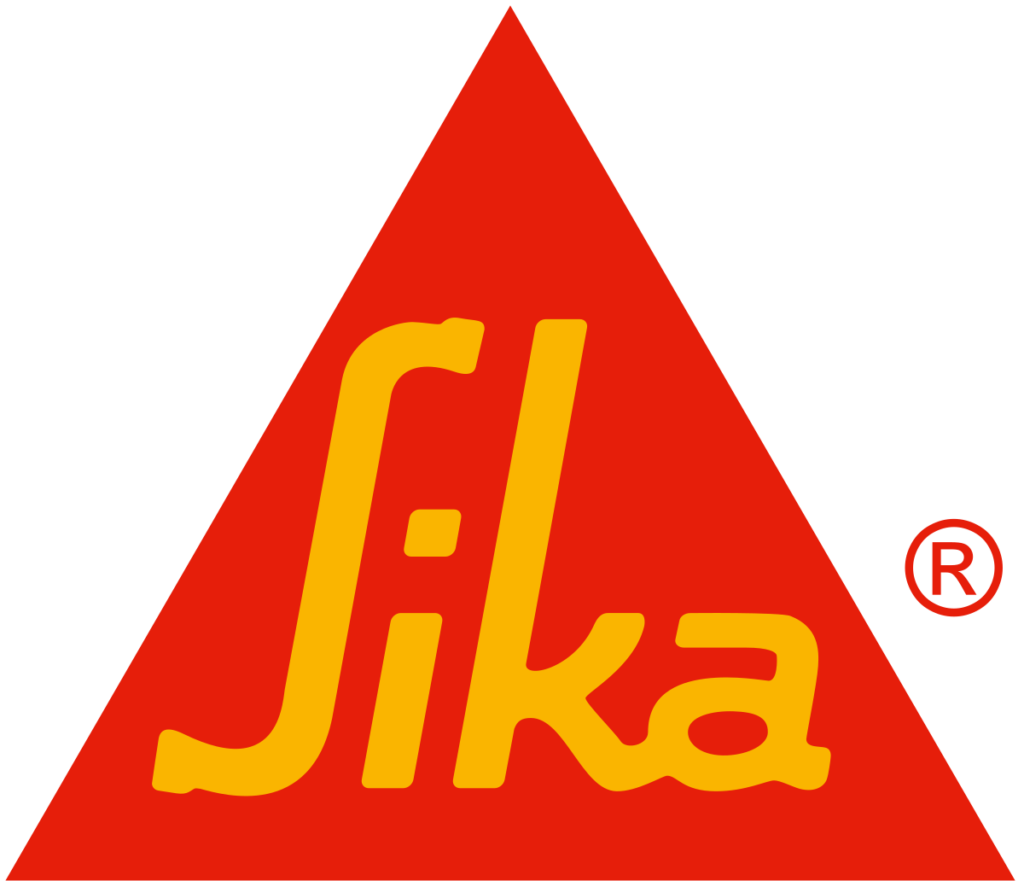


P5: The effect of cool roofs on health, environmental and economic outcomes in rural Africa
Increasing mean global temperature and extreme heat are adversely affecting people’s health. Millions of people living in poor housing conditions are exposed to high indoor temperatures. The prevalence of chronic illnesses such as cardiovascular disease and diabetes is increasing in populations worldwide. Summer maximum temperatures regularly exceed 40°C in, Nouna, Burkina Faso where the prevalence of cardiovascular disease, in particular, hypertension, are already high and increasing. A recent study showed that moderate and extreme heat exposure were associated with an increase in premature mortality from chronic illnesses, including cardiovascular disease in Nouna.
Adaptation solutions are needed in the housing sector to protect vulnerable populations against climate stresses such as heat. Cool roofs – sunlight-reflecting coating of roofs – are an innovation for reducing indoor temperature and energy consumption of buildings; however, their human health effects remain unquantified. Heat exposure can worsen chronic and heat-related illnesses, but cool roofs have the potential to reduce indoor ambient temperature and mitigate the adverse health impacts. To date, not a single study has conducted a large-scale trial testing the effectiveness of cool roofs in a country in sub-Saharan Africa, the subcontinent that is not only worldwide most severely affected by the impacts of climate change but also least able to provide modern climate change adaptation technology, such as air conditioning, to the vast majority of the population.
Our long-term research goal is to identify viable passive housing adaptation technologies with proven health and environmental benefits to reduce the burden of heat stress in communities affected by heat in Africa. As a next step towards this goal, we propose to conduct a household-cluster randomized controlled trial (cRCT) in Nouna, Burkina Faso to: (i) establish the effect of the cool roof on the primary endpoint heart rate (as an indicator of physiological stress) and (ii) quantify the effects of the cool roof on a range of secondary endpoints, including indoor temperature, indoor humidity, cardiovascular morbidity and mortality, household energy consumption, and socioeconomic outcomes.
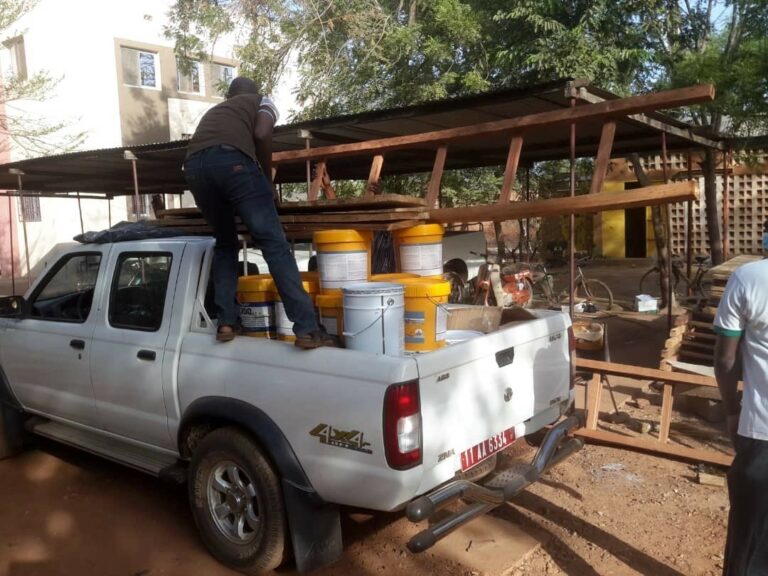
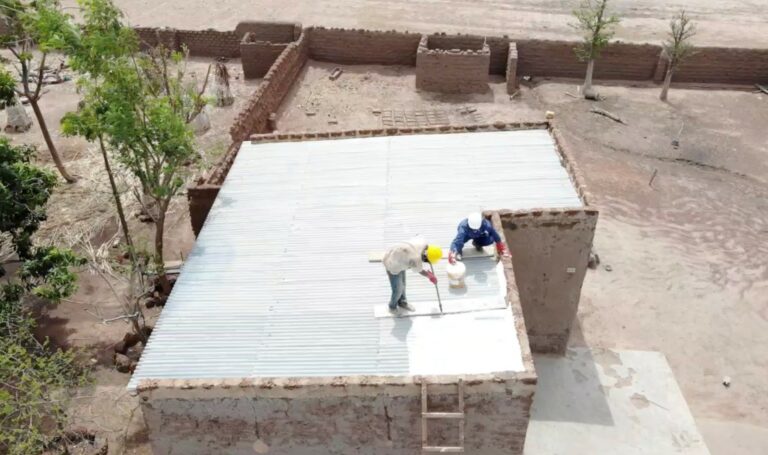
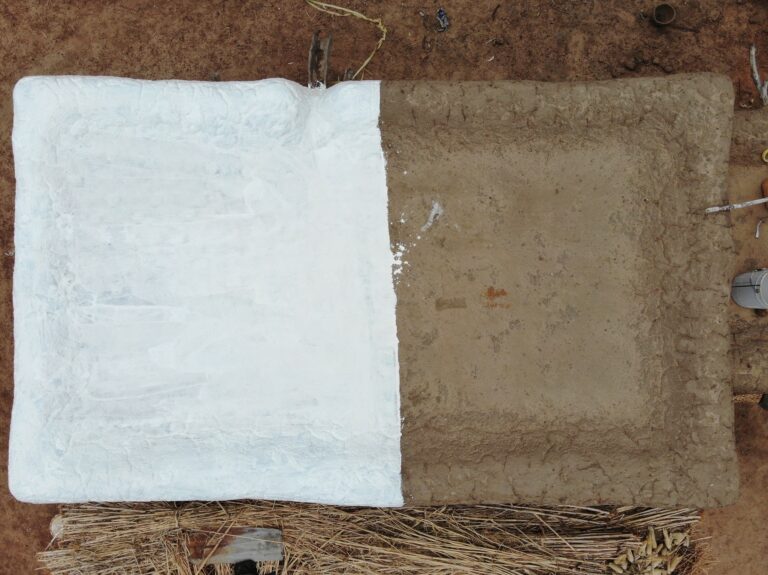
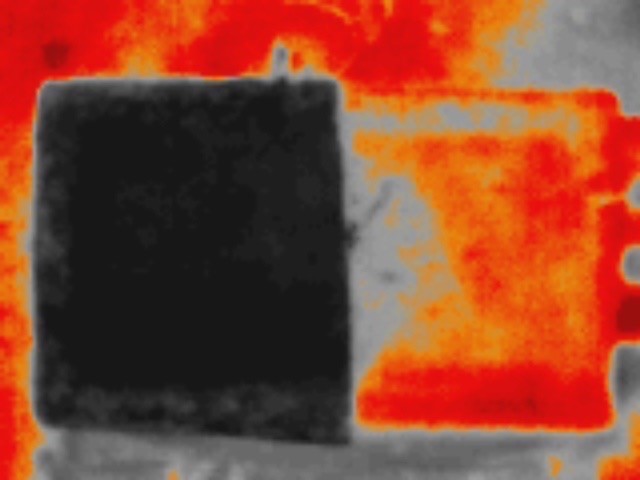
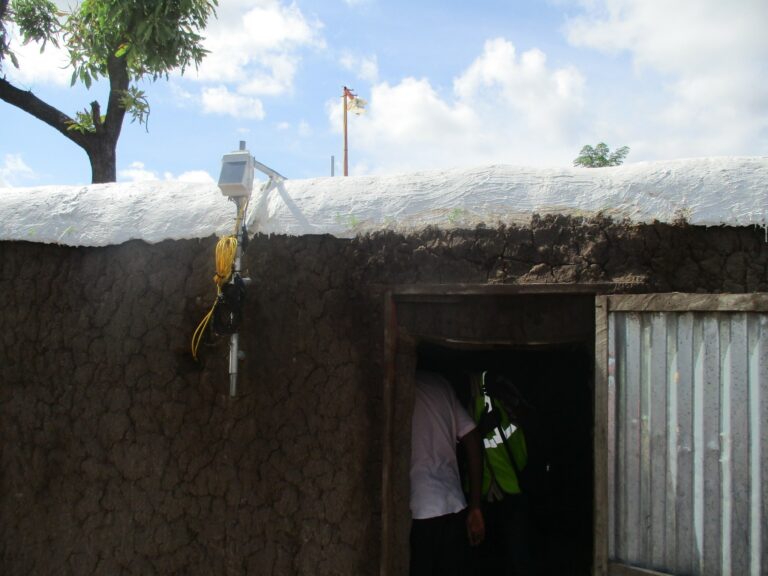
Watch the video of our trial!
Project description of cluster randomized controlled trial (cRCT) on the effect of cool-roofs on health, environmental and economic outcomes in Nouna, Burkina Faso. RCT data collection commenced on 1 August 2021.
Podcast When Science Finds a Way: Cool roofs: homes fit for a hotter world
https://pod.link/1693206291/episode/e9feaa03e35d6ac23ddcd83cb124bb2b
Synergies between the cool roof cRCT and sub-studies
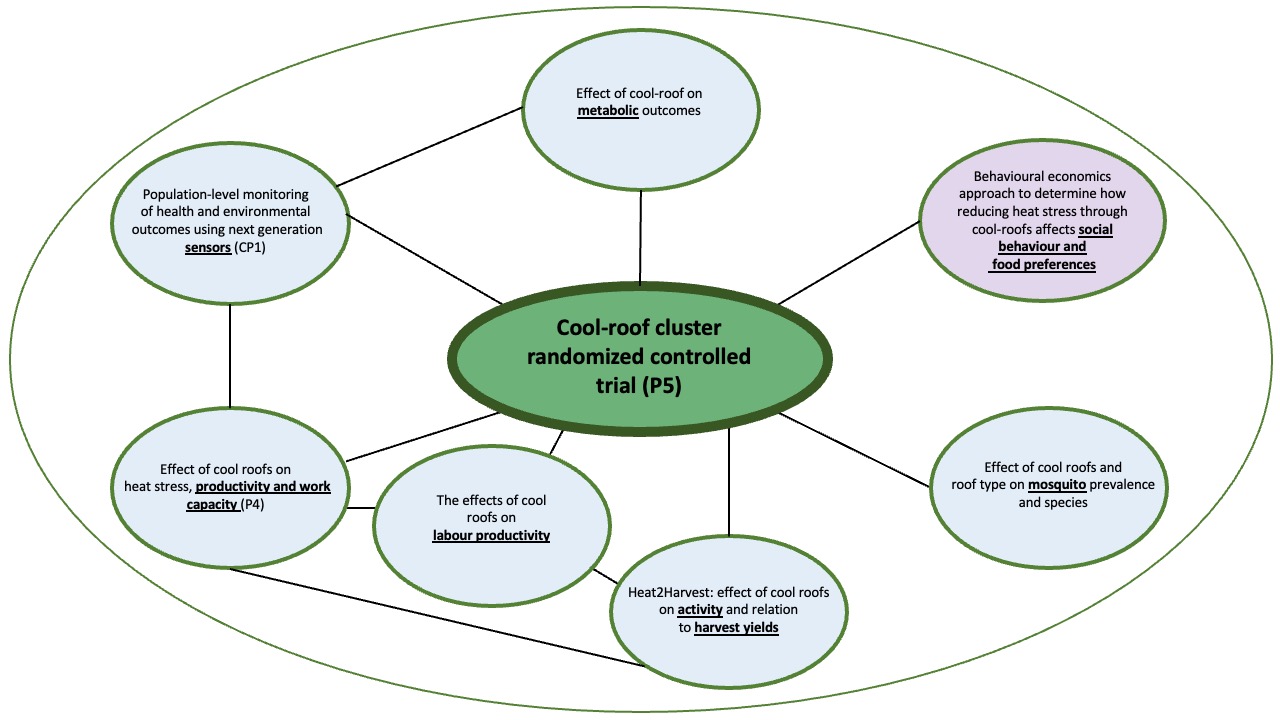
Click on the circles for details on the sub-studies
Cool roof cRCT and relationship to six associated studies. Green circle depicts the core cool-roof trial. Sub-studies utilizing the cool-roof trial infrastructure are shaded in blue, including DFG RU unit projects. The purple circle highlights a study being conducted In partnership with Leibniz Institute of Vegetable and Ornamental Crops, Deutschland. Black lines depict interlinkages between studies.

Lead scientist and Co-PI:
Dr. sc. hum. Aditi Bunker
Heidelberg Institute of Global Health
Universitätsklinikum Heidelberg
Heidelberg, Germany
Email: aditi.bunker@uni-heidelberg.de

Co-PI:
Dr. Ali Sié
Centre de Recherche en Santé de Nouna (CRSN)
Nouna, Burkina Faso
E-mail: sieali@yahoo.fr

Principal Investigator (PI):
Prof. Dr. Dr. Till Bärnighausen
Heidelberg Institute of Global Health
Universitätsklinikum Heidelberg
Heidelberg, Germany
E-mail: till.baernighausen@uni-heidelberg.de
Guillaume Compaoré, PhD candidate, CRSN, Burkina Faso
Dr. Chaminda Prasad Gigummaduwa Liyanage, Postdoc, HIGH

